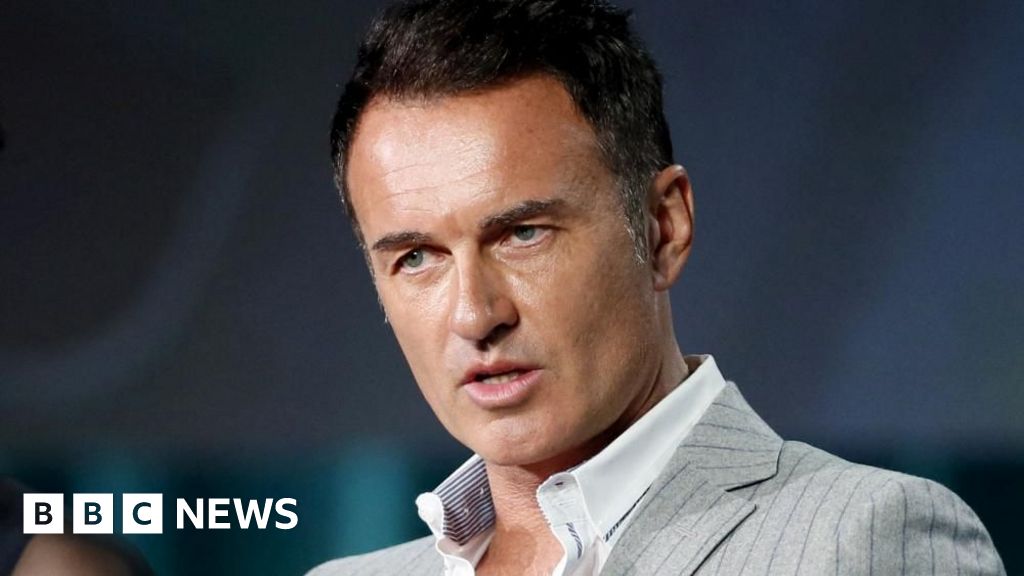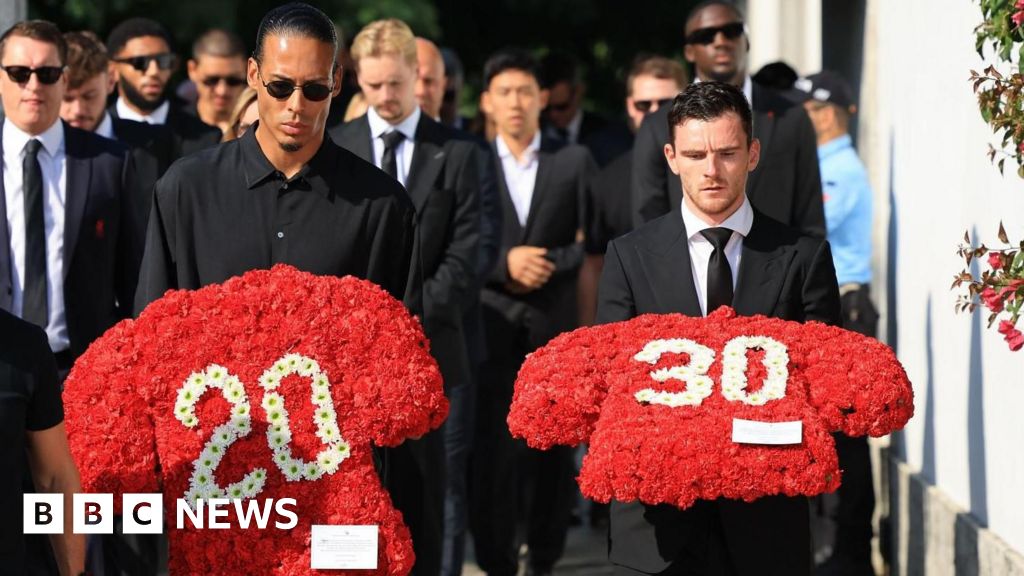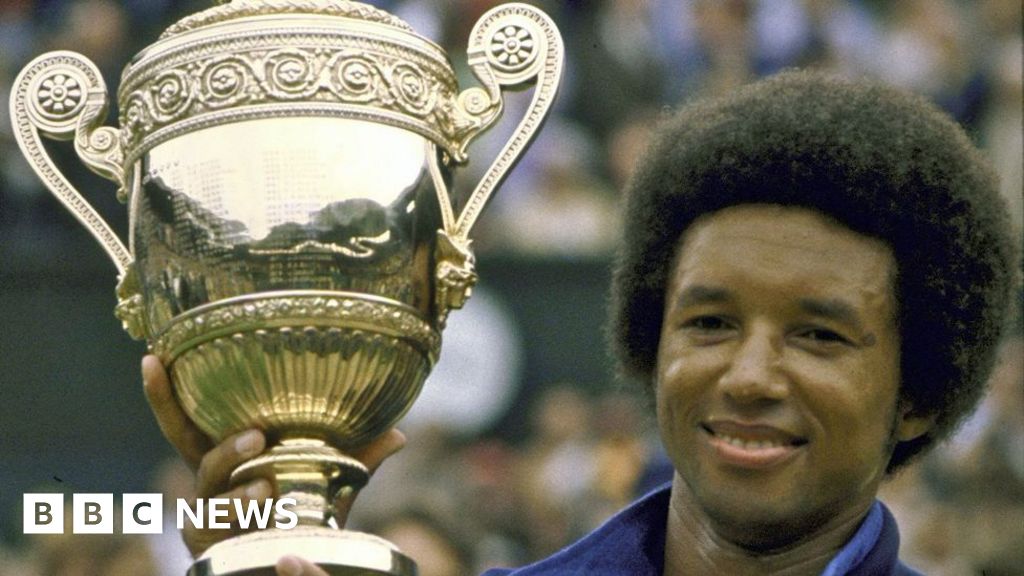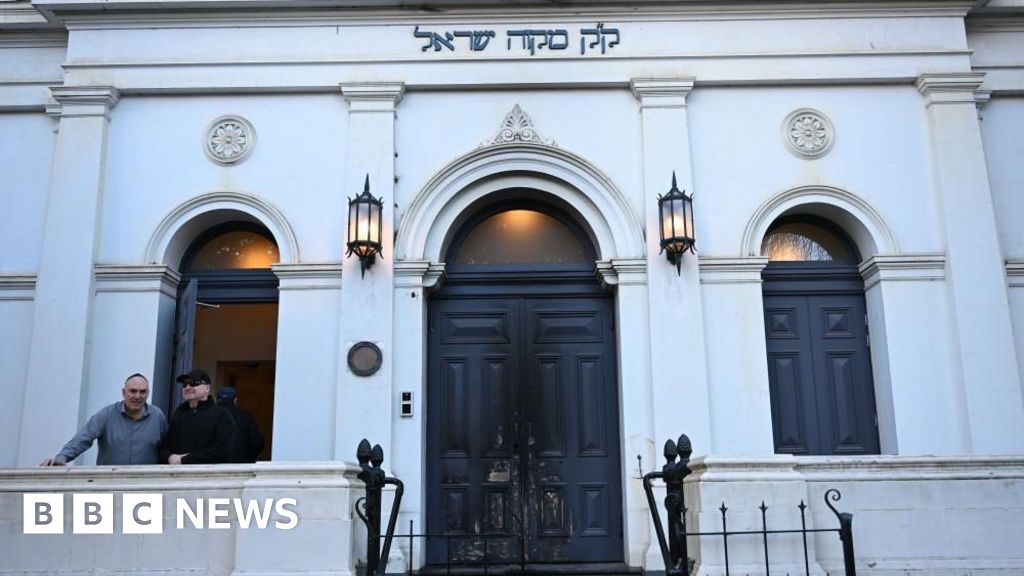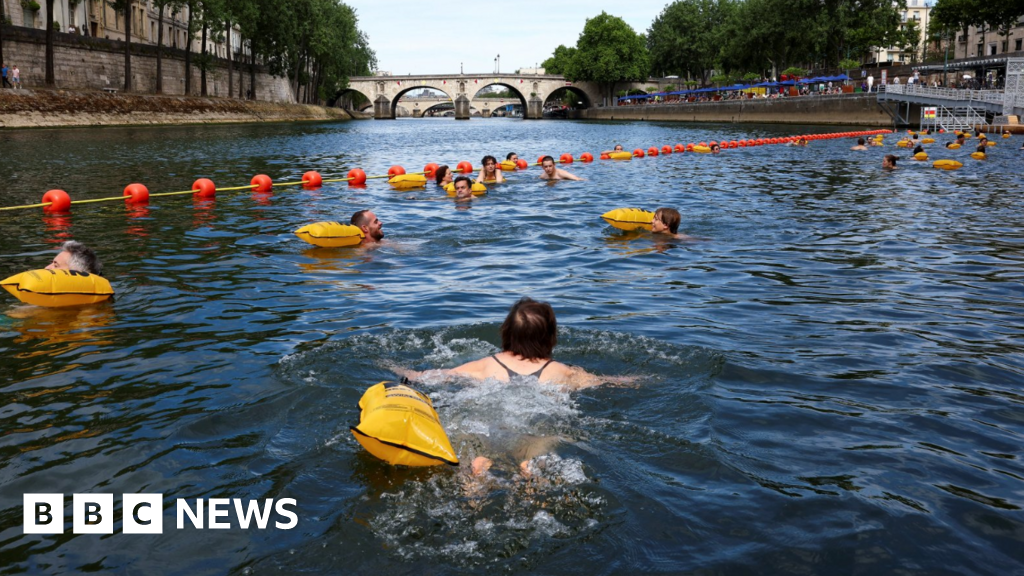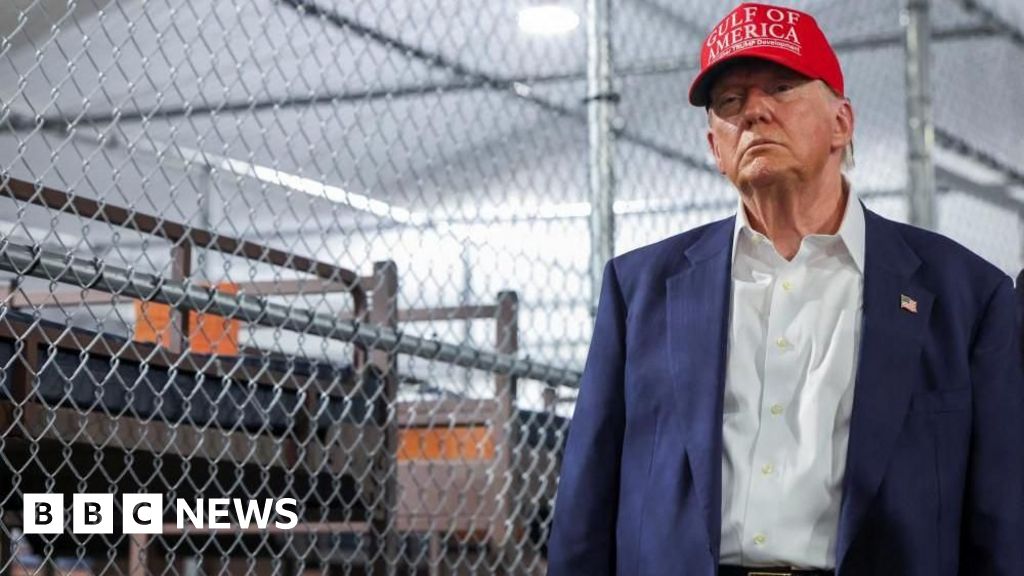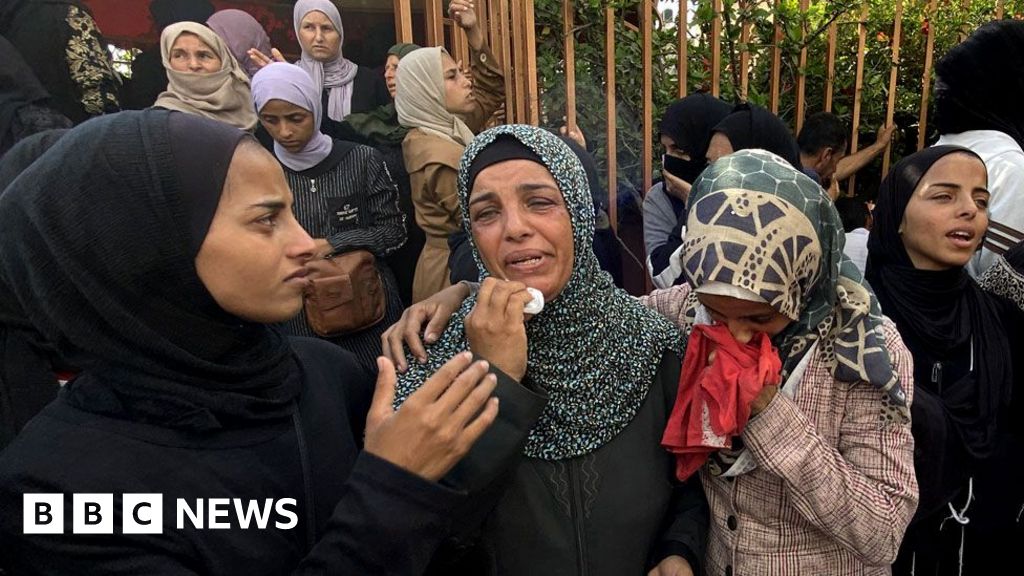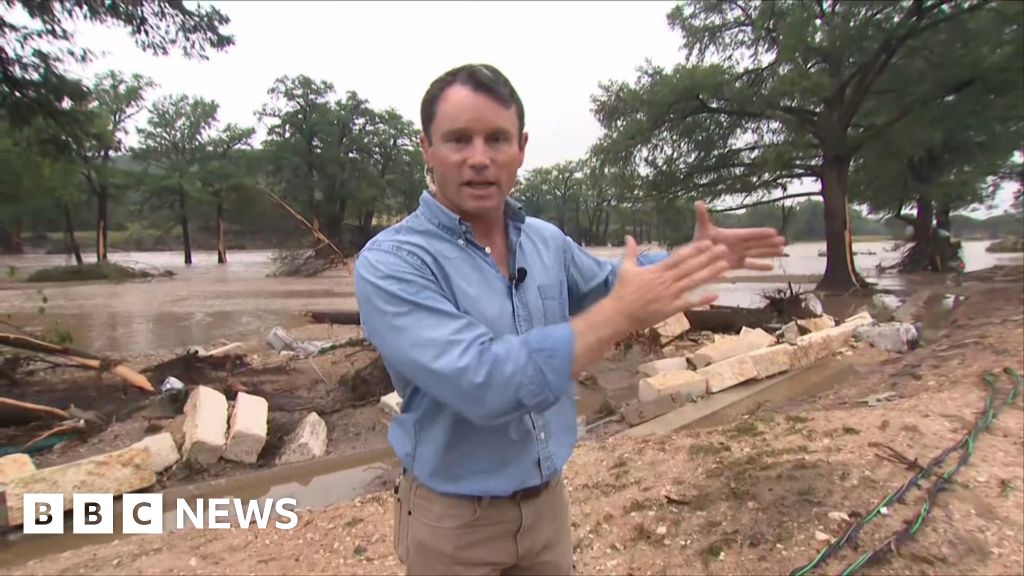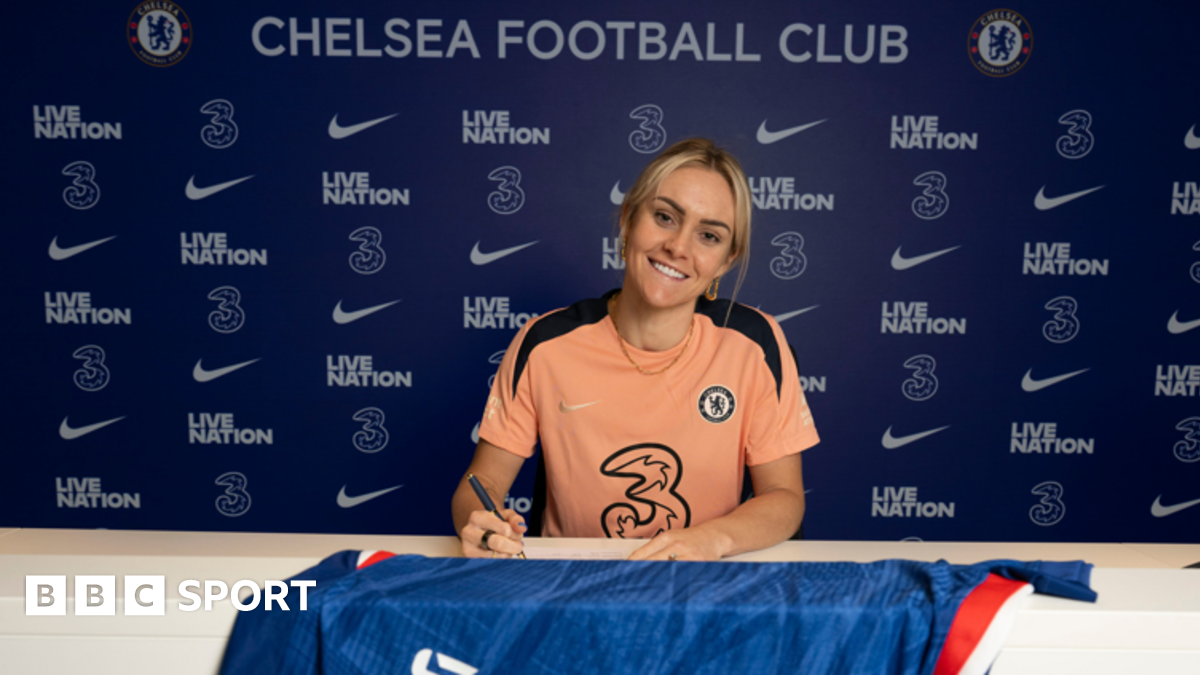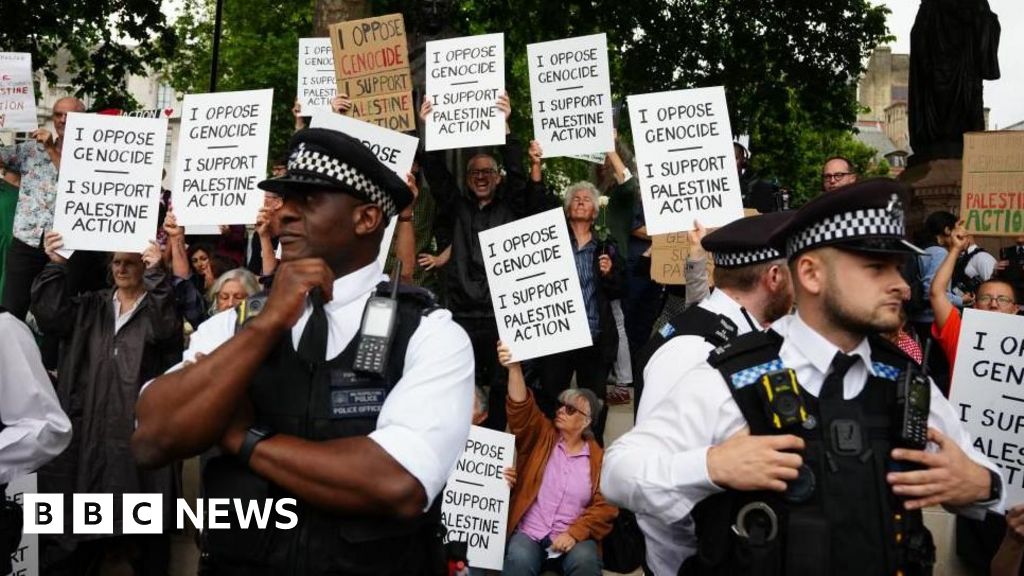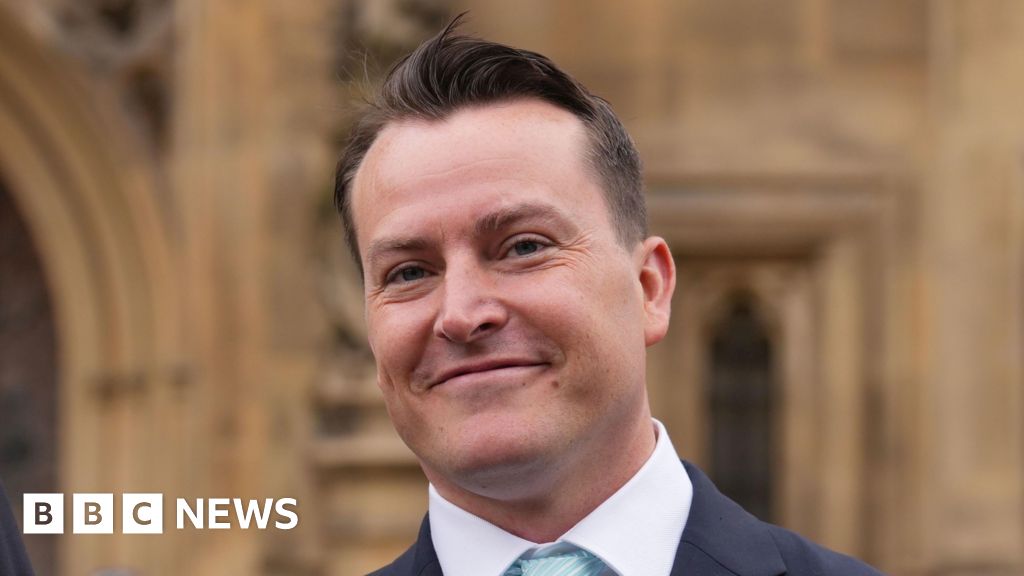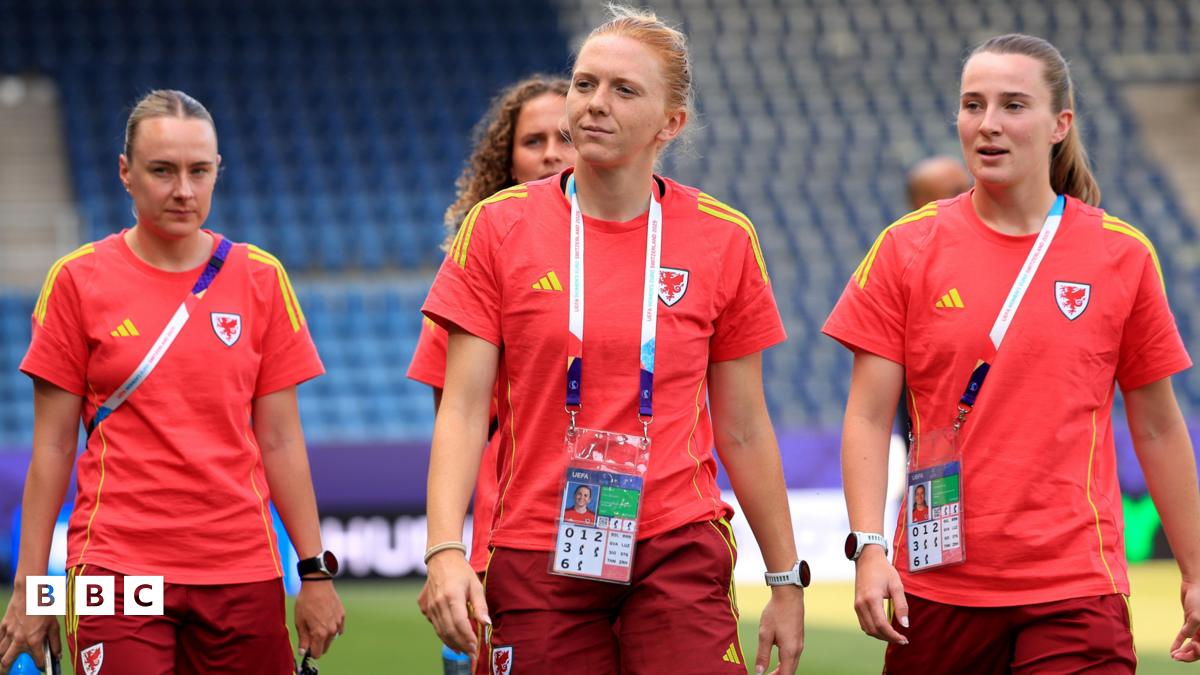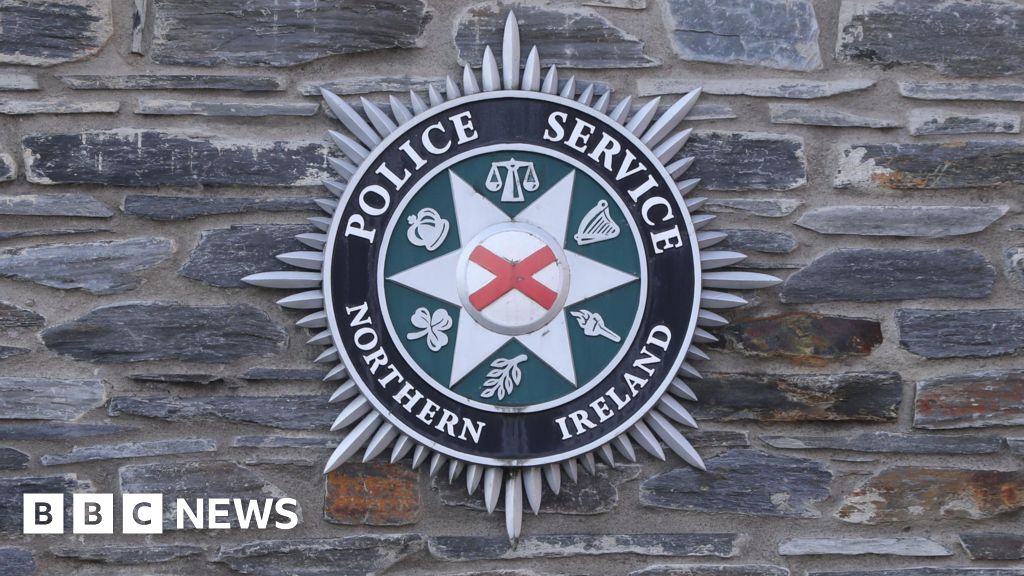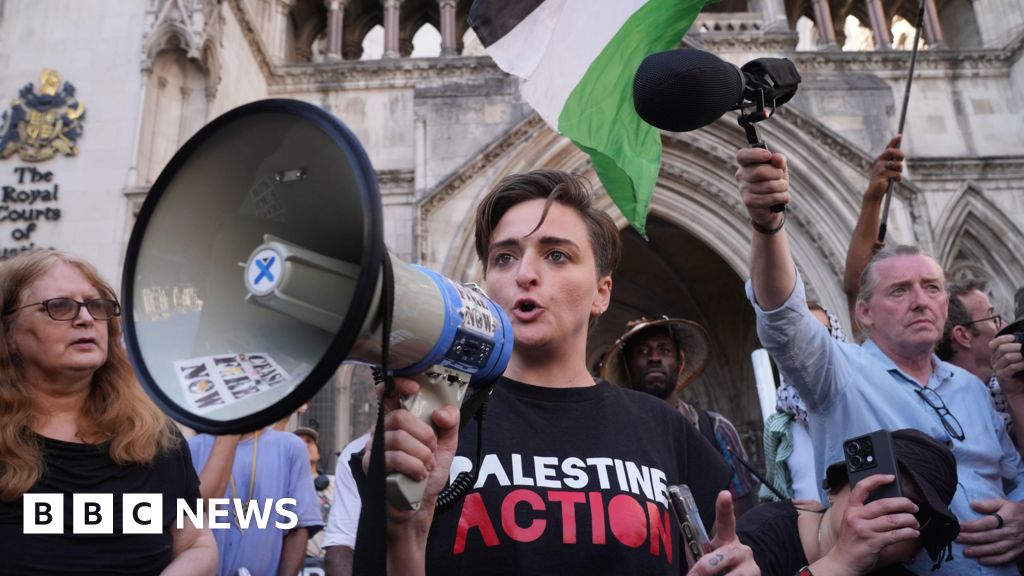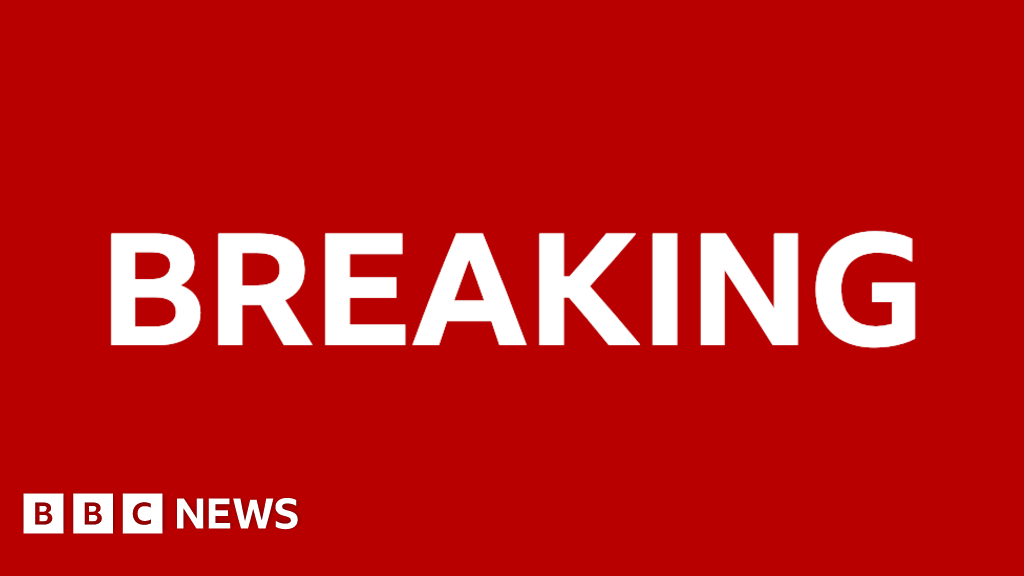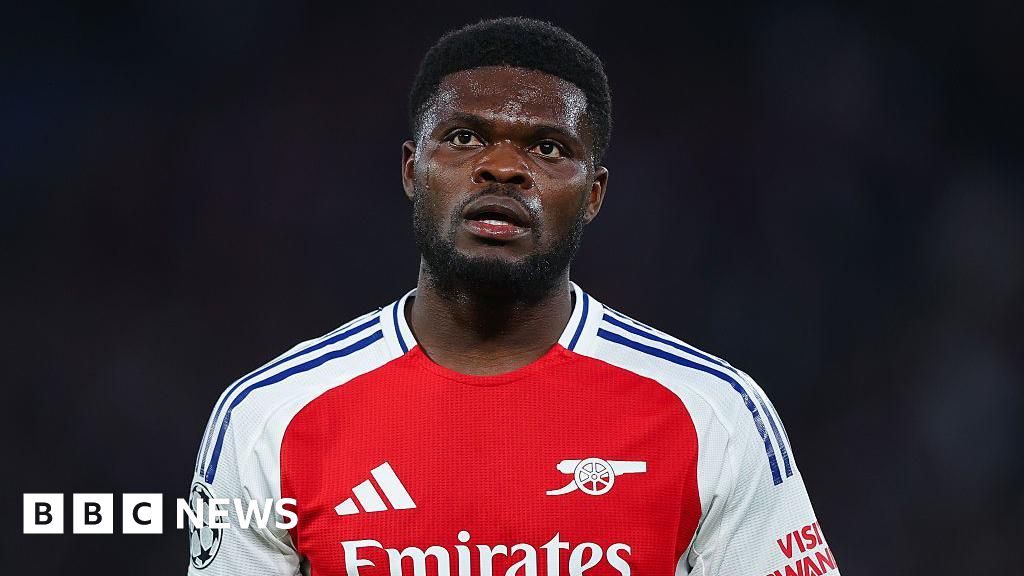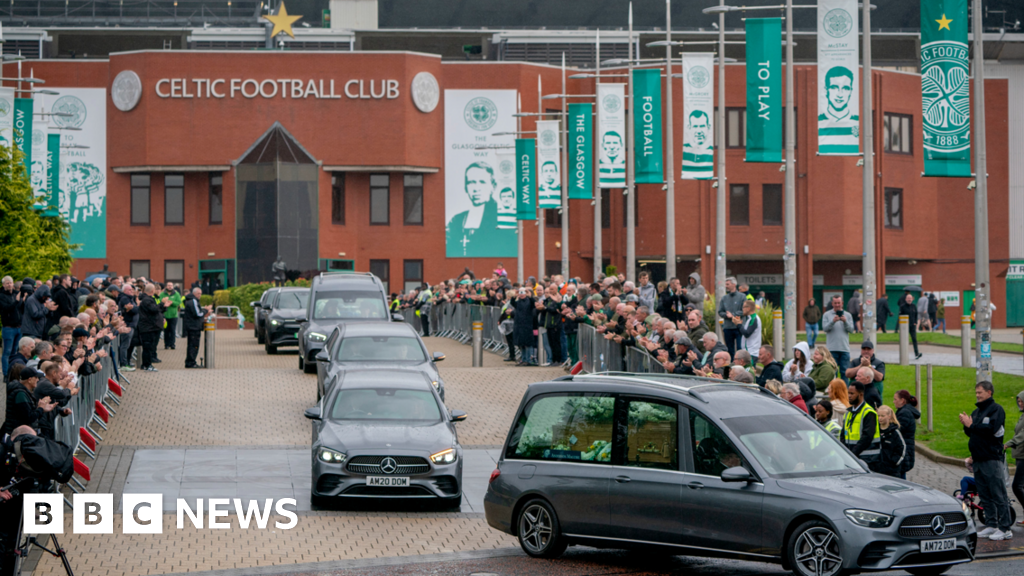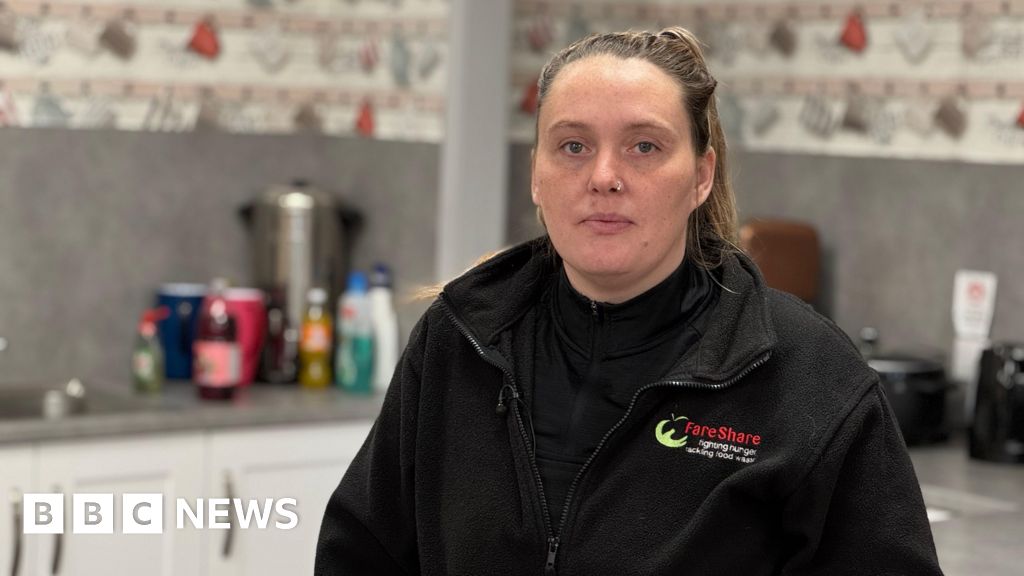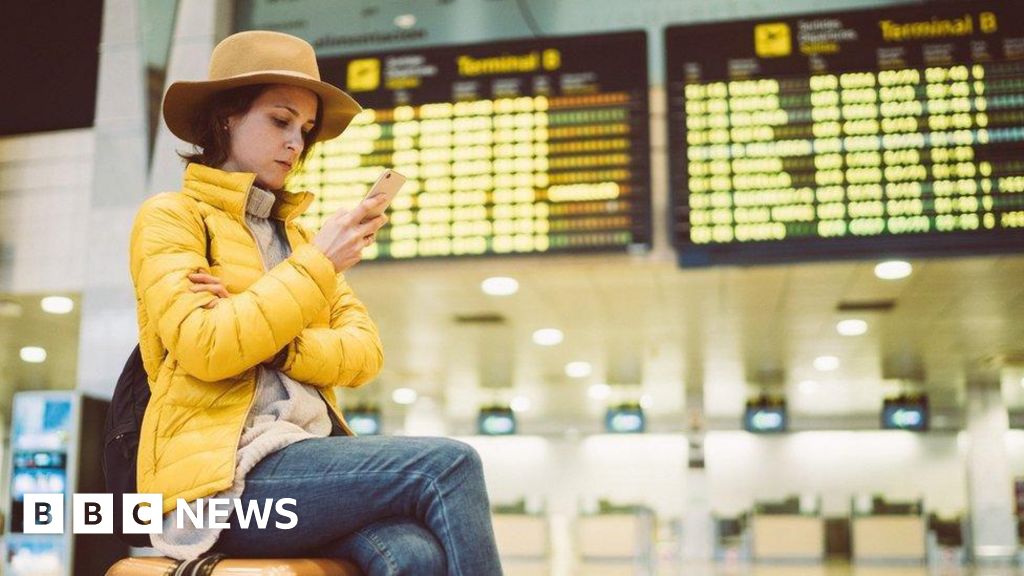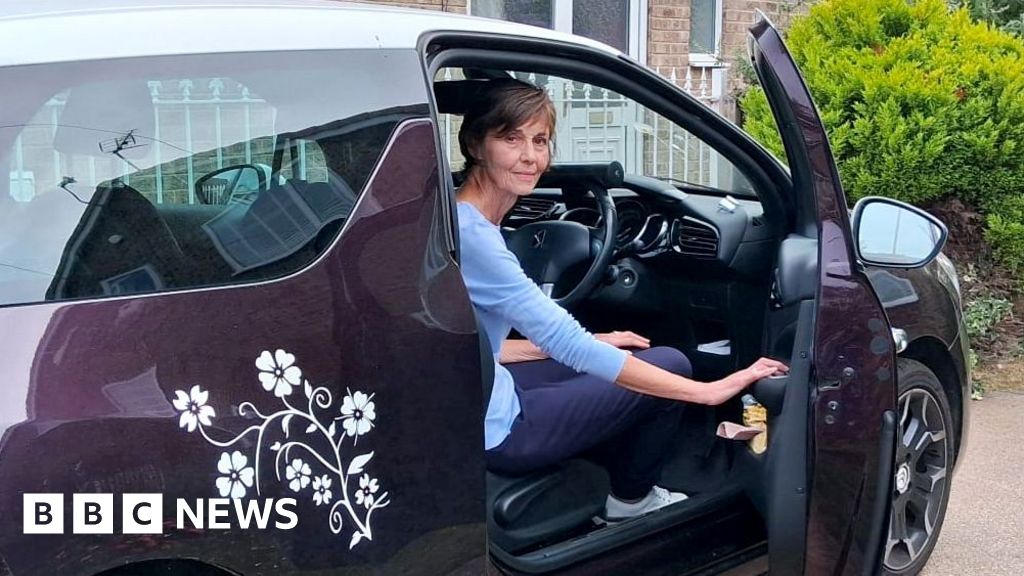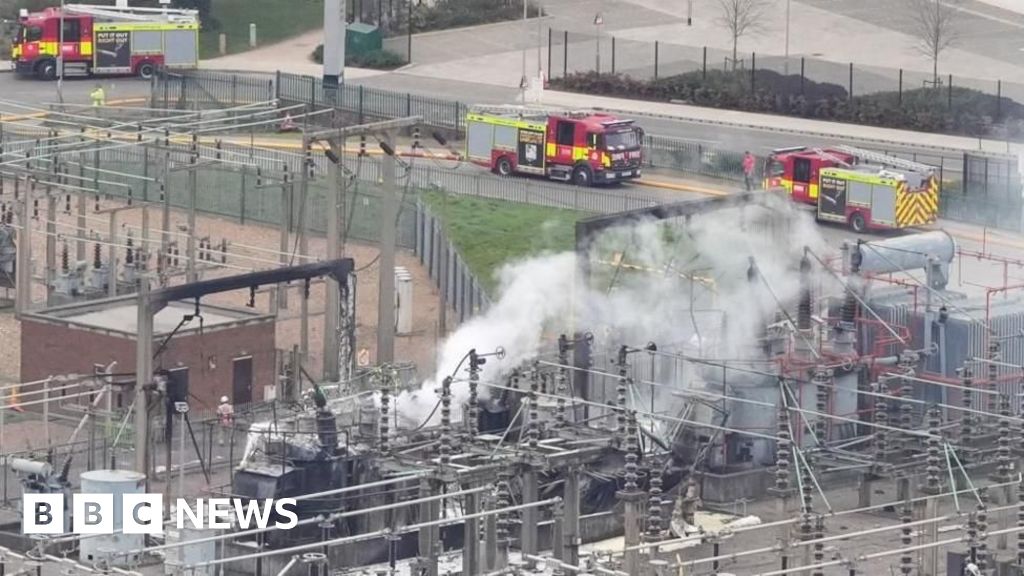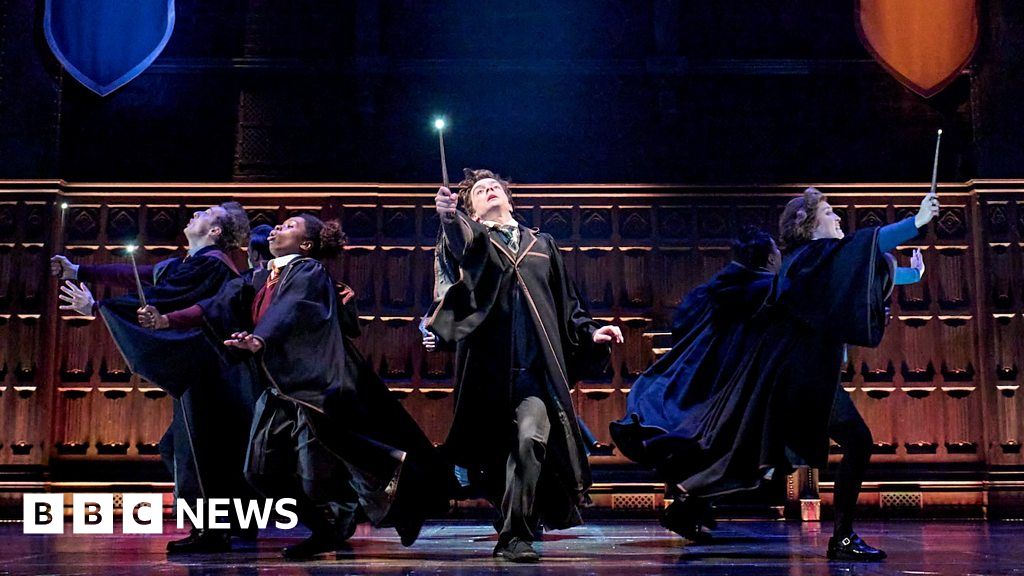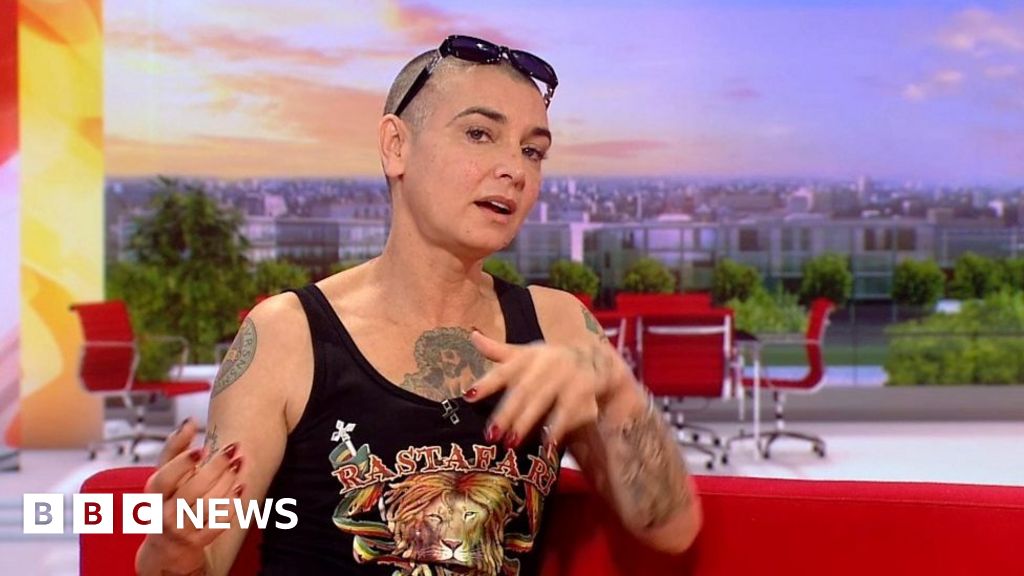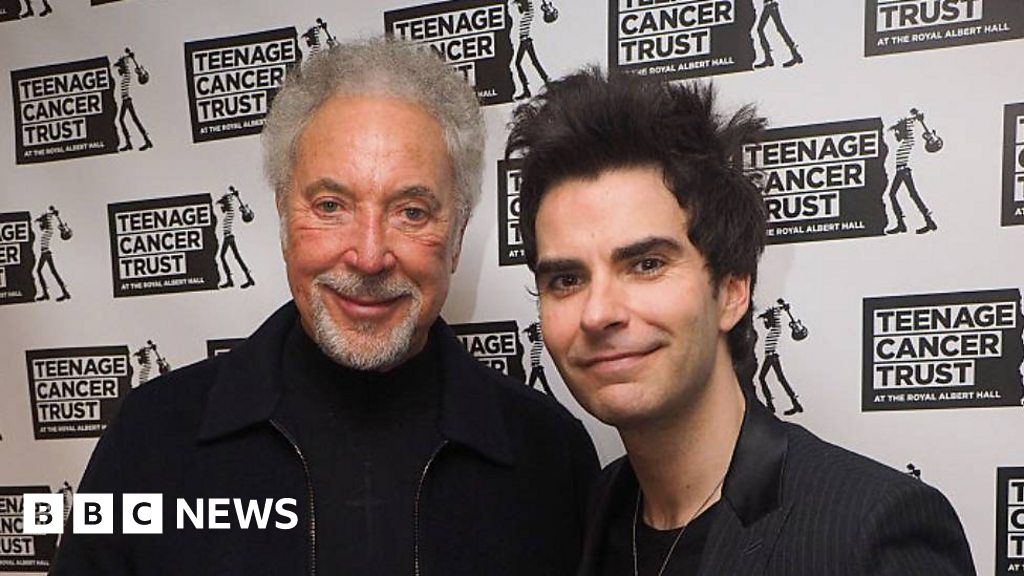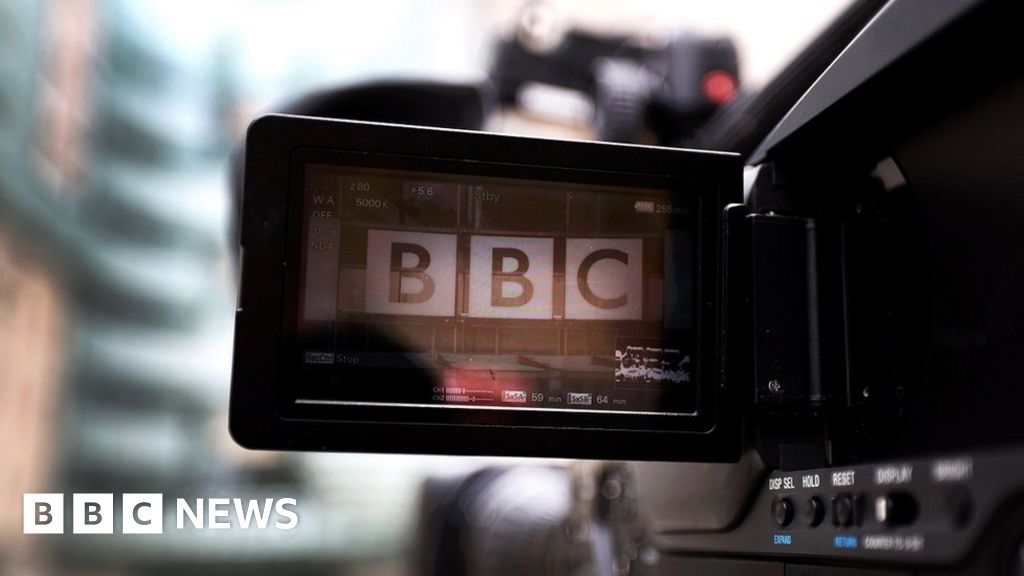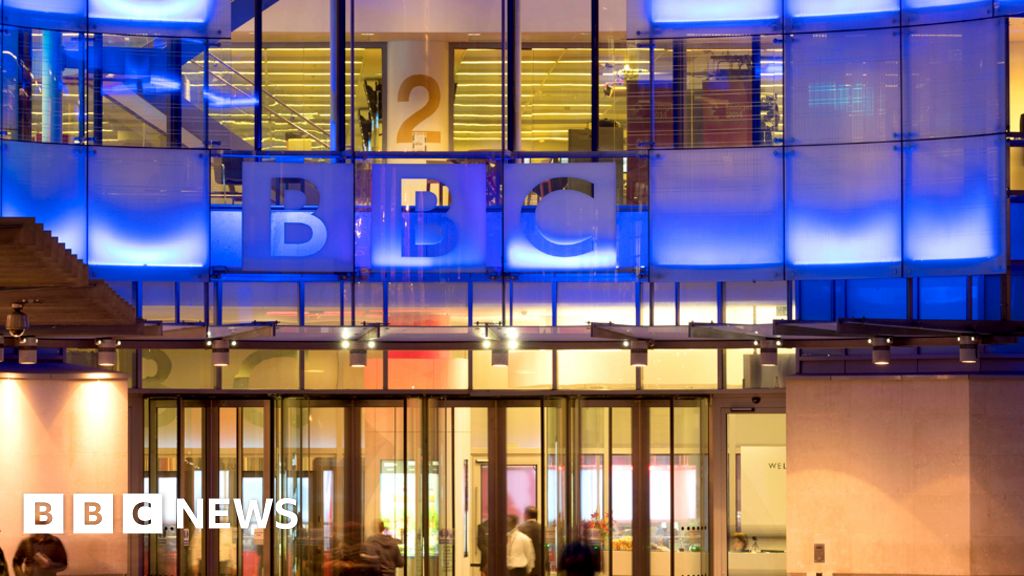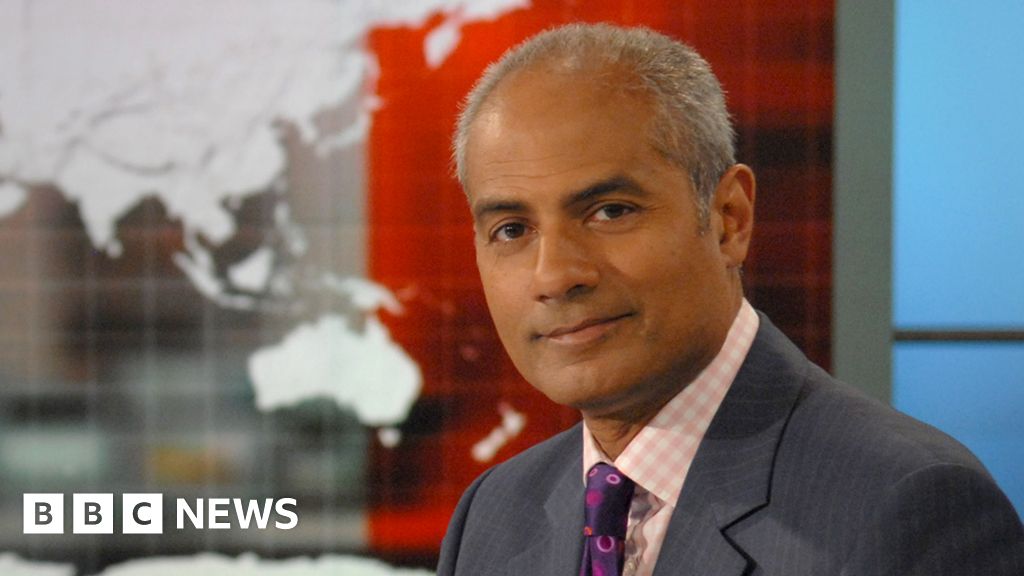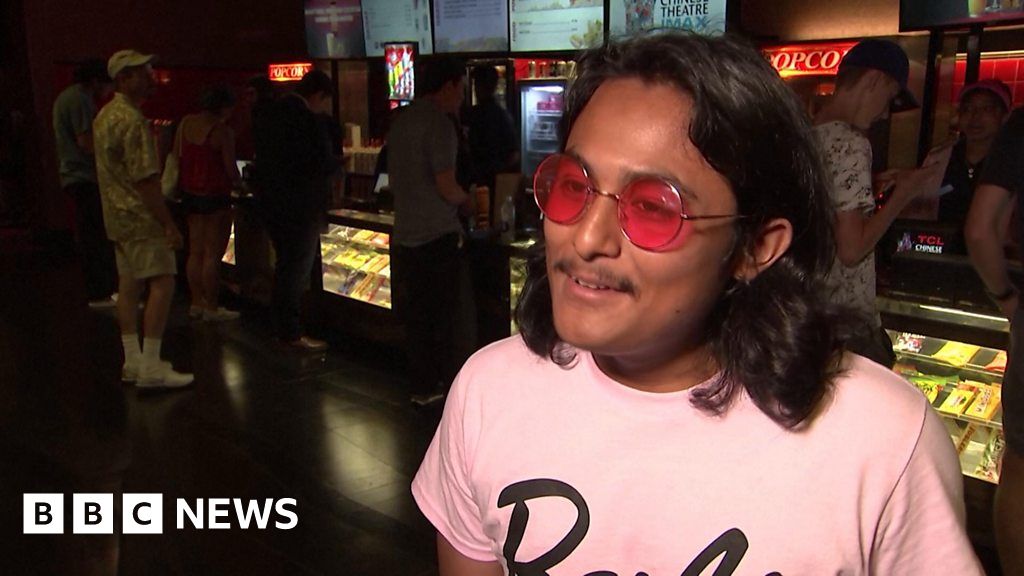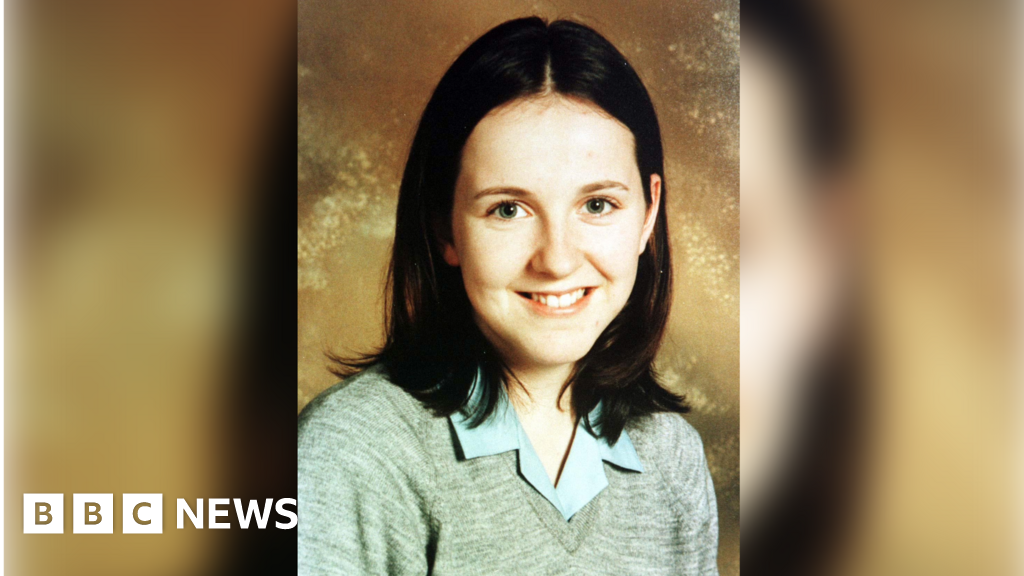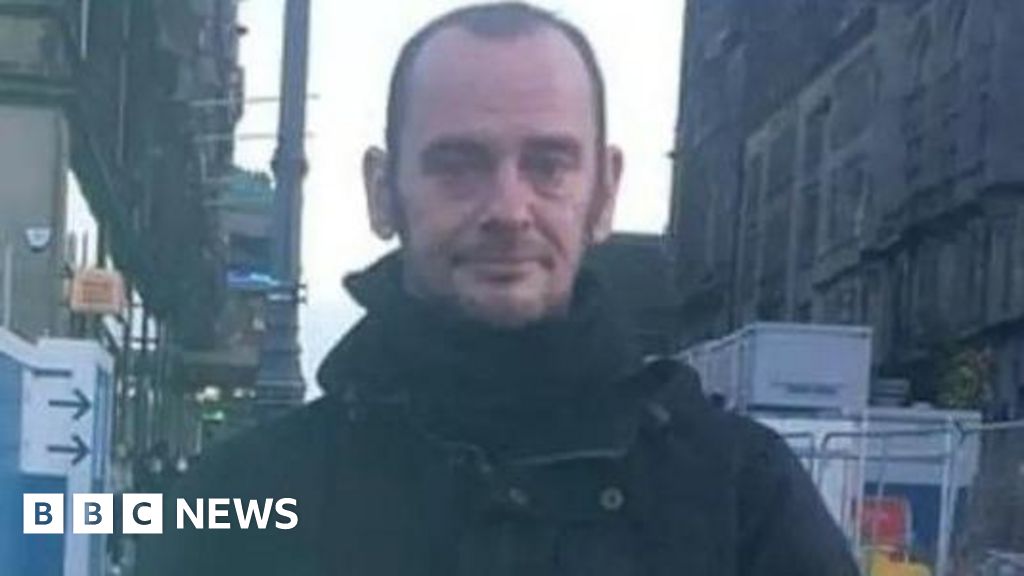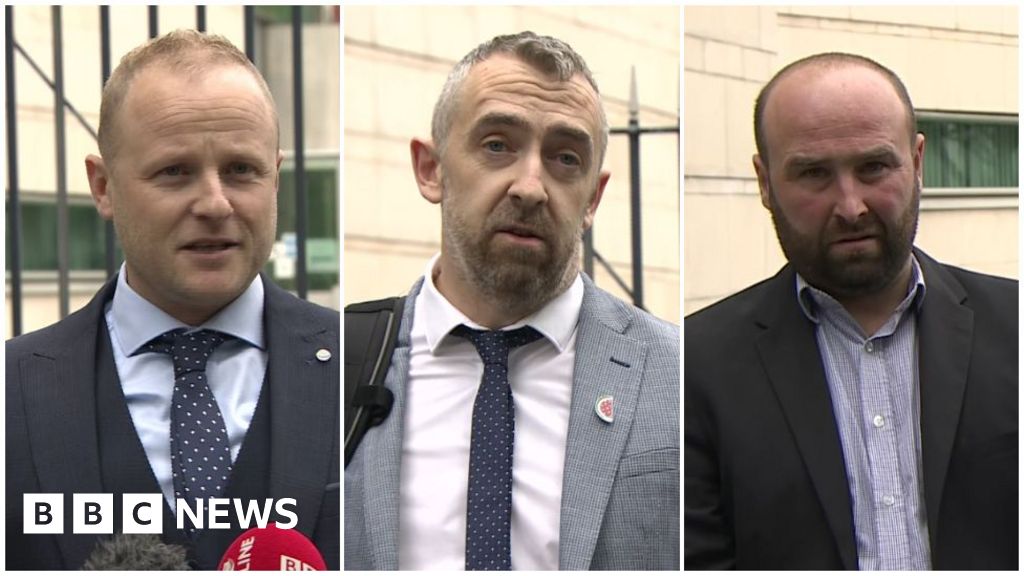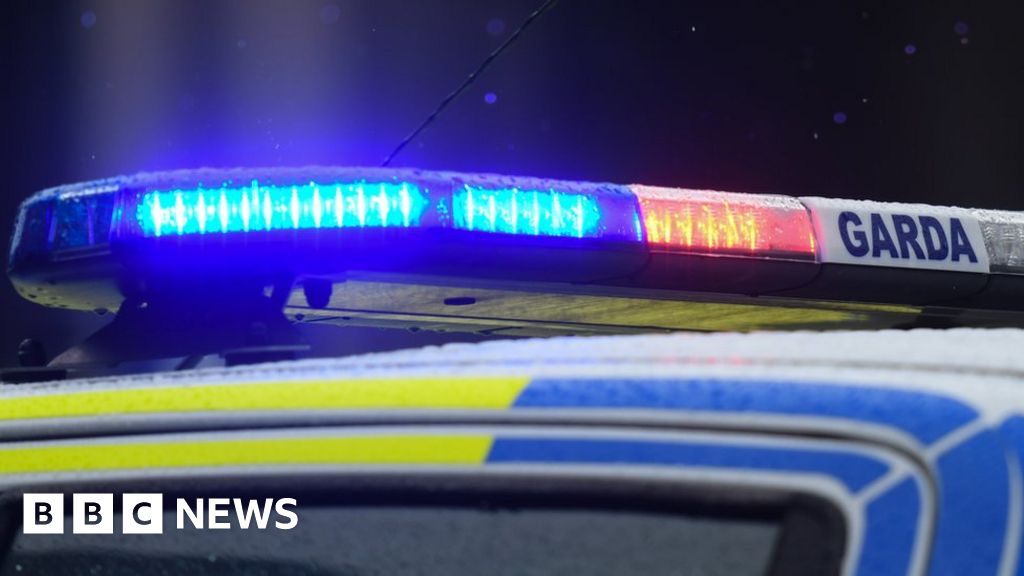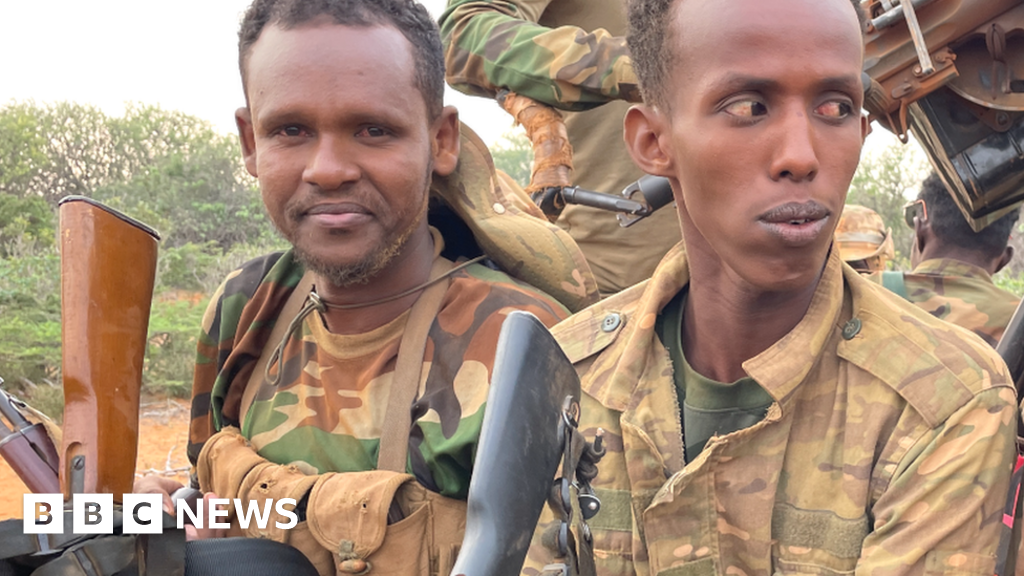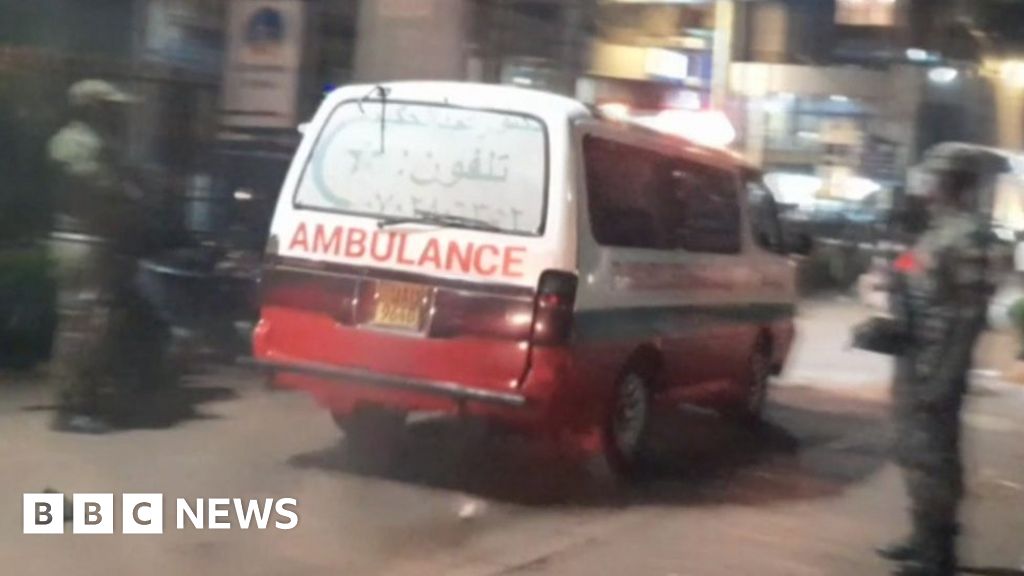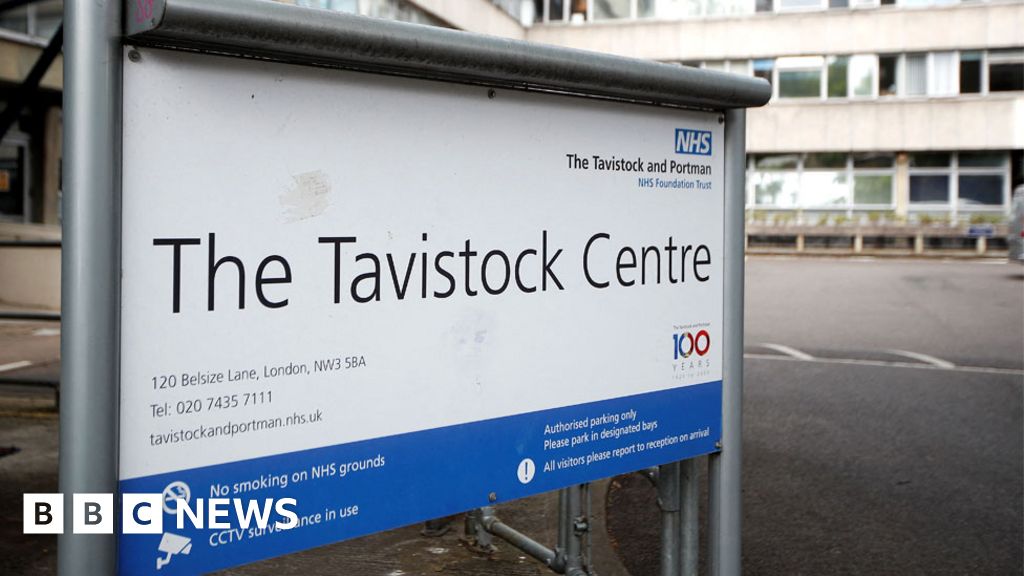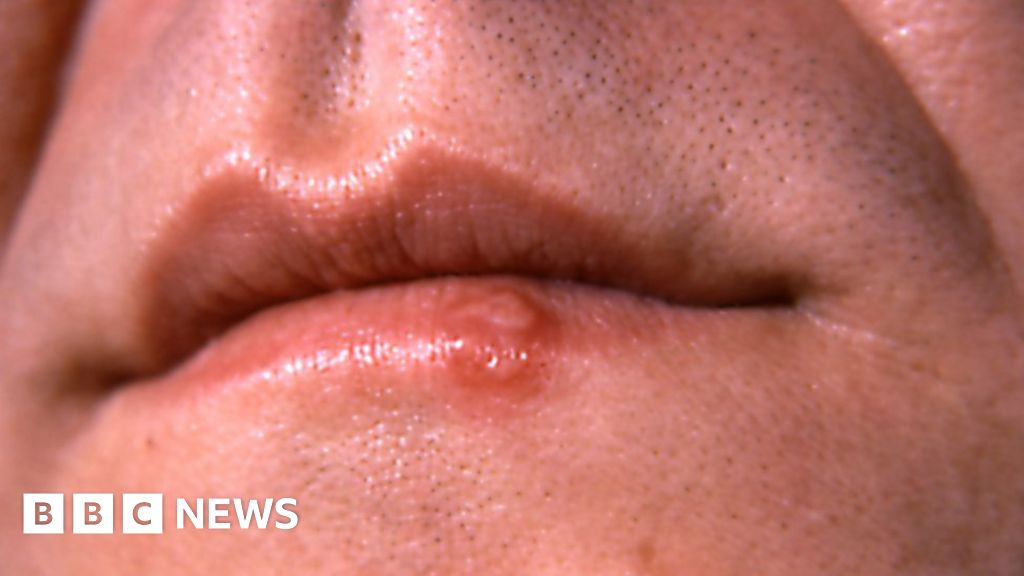BBC News NI south west reporter
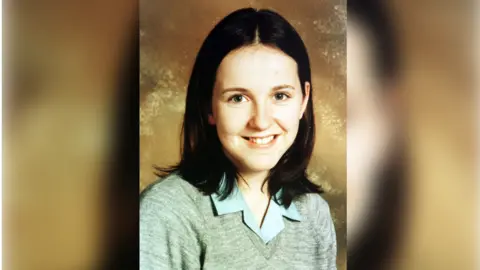 McFarland Family
McFarland FamilyThe Omagh Bombing Inquiry has heard the generous life of a 17-year-old charity shop worker could not have been a greater contrast to the morality of the bombers.
Samantha McFarland was volunteering in the Oxfam shop alongside her best friend Lorraine Wilson when they were both killed in the 1998 explosion.
The Real IRA bomb killed 29 people, including a woman who was pregnant with twins.
The inquiry was told that after the Oxfam store was evacuated in response to the “so-called bomb warning” it is believed Samantha did not want to go too far as she had the keys to the shop.
The youngest of three children, she was due to be a bridesmaid at her brother’s wedding in September 1998.
She was a former pupil of Omagh High School and was studying for her A levels at Strabane College.
In a a statement read to the inquiry, she was described as having a lovely personality with a “genuine kindness that people were drawn to”.
Samantha was said to be someone who touched the lives of many others.
As well as working one day a week at the Oxfam shop, she also volunteered at the Barnardo’s shop in the town.
So many people attended her funeral, the inquiry was told, that mourners had to stand outside.
‘Trying to help those with less advantages than herself’
Thursday is the final day of the second week of the hearings commemorating the bomb victims.
The inquiry chairman Lord Turnbull said “amongst the other awful loss we have listened to, we have heard of the senseless killing of children and young people who were about top embark on the adventure of adult life”.
Lord Turnbull said Samantha McFarland had brought joy and kindness into the lives of others through her thoughtfulness and popularity.
“One really has to wonder whether there could be any greater contrast between the generous and socially-minded attitude of a teenager who chose to spend her precious spare time of her young years trying to help those with less advantages than herself.
“And on the other hand the morality of those who would walk away from a car loaded with explosives in the middle of the main street on a sunny Saturday afternoon, in the sure knowledge that devastation would ensue shortly thereafter,” he said.
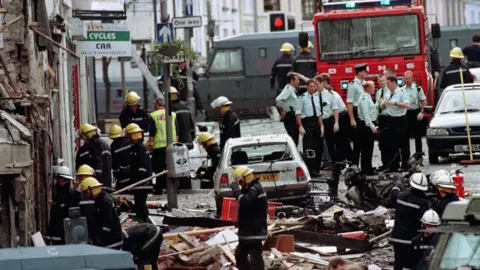 PA
PAWhat was the Omagh bomb?
The bomb exploded in Omagh town centre on a busy Saturday afternoon on 15 August 1998.
The attack took place four months after the signing of the 1998 Good Friday Agreement.
The RIRA – a dissident republican paramilitary group – disagreed with the Provisional IRA’s decision to call a ceasefire ahead of the talks and continued to plant car bombs in towns across Northern Ireland.
But the Omagh bomb was by far the RIRA’s most deadly attack.
In addition to the dead, more than 200 other people were wounded, some of whom survived with life-changing injuries.
Who carried out the Omagh bomb?
Three days after the 1998 attack, the Real IRA released a statement claiming responsibility for the explosion.
It apologised to “civilian” victims and said its targets had been commercial.
Almost 27 years on, no-one has been convicted of carrying out the murders by a criminal court.
In 2009, the judge in that case ruled four of the men – Michael McKevitt, Liam Campbell, Colm Murphy and Seamus Daly were all liable for the Omagh bomb.
The four men were ordered to pay a total of £1.6m in damages to the relatives, but appeals against the ruling delayed the compensation process.
A fifth man, Seamus McKenna, was acquitted in the civil action and later died in a roofing accident in 2013.

